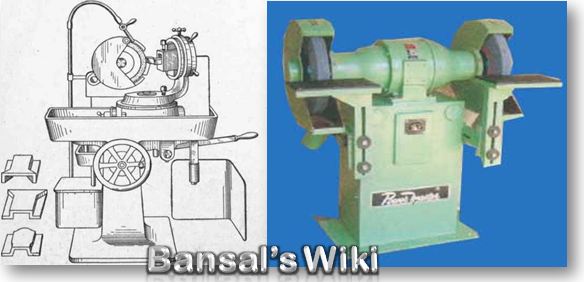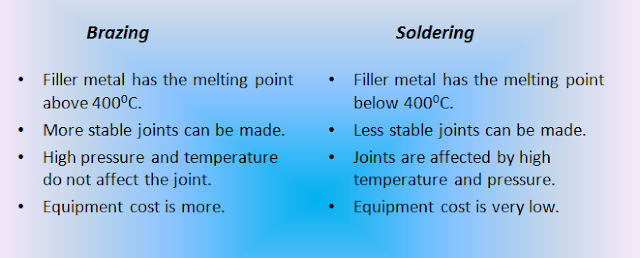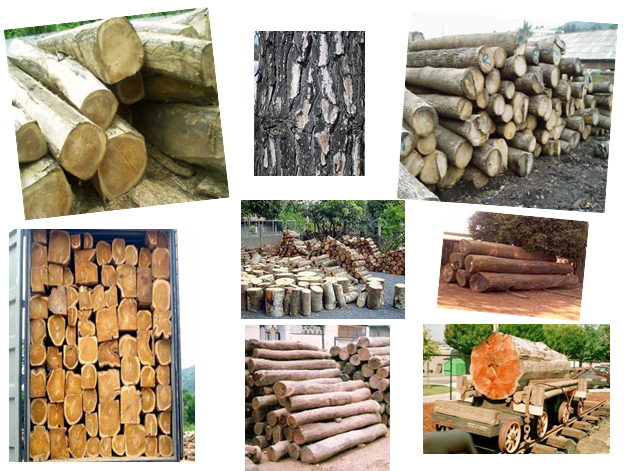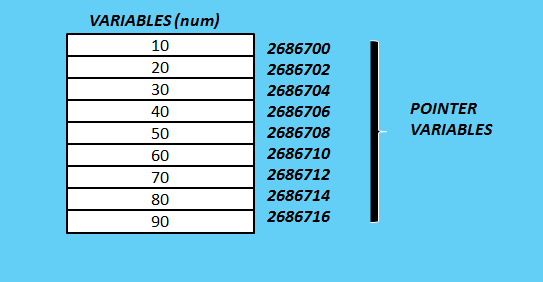February 25, 2013
Machine Shop
The shop where most of the work is performed on different machines is called machine shop. In Machine shop, the raw material is cut, machined, formed or shaped with the help of machines. Different machines used in machine shop are:
1. Lathe machine
2. Shaper
3. Milling machine
4. Planning machine
5. Drilling machine
6. Grinding machine
7. Threading machine
February 20, 2013
February 17, 2013
Molding & Casting Processes
Labels:
bench,
carbon dioxide,
castings,
cement,
centrifugal,
continuous,
dry,
floor,
foundry,
green,
loam,
machine,
manufacturing,
metals,
molding,
pattern making,
pit,
plaster,
sand,
shell
February 16, 2013
February 15, 2013
Gas Arc welding
Gas welding is the process in which a gas flame is used to raise the temperature of the metal to be joined. The metals are heated up to melting. The metal flows and on cooling it solidifies. A filler metal may be added to the flowing molten metal to fill up cavity made during the end preparation. Many combination of gases are used in Gas welding. But most common of these in oxygen and acetylene.
Welding Techniques
Forge welding:
This welding is done by the black-smiths. In this two similar metal pieces are heated upto the plastic stage in the furnace. Then it is hammered so that a homogenous mixture is formed at the joint. The surface to be joined should be cleaned and made free from any foreign particle this is done by brushing.
February 14, 2013
Fitting Shop
Fitting work is a very important work in engineering. In fitting shop unwanted material is removed with the help of hand tools. It is done for mating, repair and manufacturing purposes. The person working in the fitting shop is called a fitter. A fitter should have the complete knowledge of the tools used in the shop. Commonly used tools are hacksaw, files, chisels etc.
Labels:
boiling,
color,
density,
ductility,
elasticity,
ferrous,
fitting,
iron types,
luster,
malleability,
manufacturing,
melting,
metals,
non-ferrous,
physical properties,
plasticity,
steel,
stiffness,
workshops
February 13, 2013
January 31, 2013
I/O File Handling in C++ (OOPs)
A File is a bunch of bytes stored on some storage device like magnetic disk or tape etc. Most of the application programs process large volume of data which is permanently stored in files. We can write programs that can read data from file(s) and write data to file(s).
Polymorphism in C++ (OOPs)
Polymorphism is made from two words POLY+MORPHISM which means more the one form. In C++ polymorphism is implemented by overloading a function or an operator. In Function Overloading a single function name is used to perform different tasks.
January 30, 2013
Constructors & Destructors in C++ (OOPs)
In C++, a class only creates a data type and the objects of a class are created and initialized as separate. A constructor (having the same name as that of a CLASS) is a member function which is automatically used to initialize the objects of the CLASS type with legal initial values.
Friend Function in C++ (OOPs)
A Friend Function is a non-member function that can access private data’s. A friend CLASS is a class whose member functions can access another class i.e. private and protected classes.
Classes & Objects in C++ (OOPs)
“C with classes” was the original name given by the originator Stroustrup initially, which now days is popular known form as C++ or OOPs (Object Oriented Programming). Classes and objects are the most important feature of C++. The Class implements OOPs features and ties then together. We have already seen that a structure groups different types of elements and a function organizes the program actions to perform the desired task.
Manipulators in C++ (OOPs)
Some standard manipulators are used in C++ (OOPs) which are stored under header file iomanip.h. Under this it has capabilities to show inter-conversions like binary, decimal, hex-decimal, set the precision for more accurate answer and various other functions like you can see in the programs.
Structures in C++ (OOPs)
Structure is the user defined data type which can store heterogeneous data i.e. data of different types. It means in structure member with all possible data type can be used and there is no restriction that elements of the structure are stored at adjacent memory locations. Structure is declared with key word struct followed by its name and then by block.
Pointers in C++ (OOPs)
Pointer is that variable which stores the memory address of another variable. It means pointer is itself a variable which stores hex-decimal address of the location.
January 29, 2013
Arrays in C++ (OOPs)
Array is an arrangement of same type of data at adjacent memory locations. Array is useful whenever large volume of data is to be processed and stored in the memory.
Suppose an average marks are to be calculated from all the students in the school. This is difficult to find the sum of marks of all students. In this situation an array is the best alternative. Its divided in two categories:
1. Single / 1-D Array
2. Multi-dimension Array
Loop Control- for loop in C++ (OOPs)
“for” loop is also structure control loop as program will run or execute if the initial condition is true otherwise it will terminate and program will run until some condition is fulfilled.
FORMAT:
for(expression1;expression2;expression3)
{
Statement1;
Statement2;
}
Switch Statement in C++ (OOPs)
This statement is also used for decision making. Here key word is switch followed by control variable and followed by it’s block.
In the block of switch statement multiple cases are used and each ends with break statement this is also called as early exit loop.
Out of all the cases only that case will run whose value matches with the control variable.
Loop Control- While & Do-while in C++ (OOPs)
These are used for repeating some portion of the program either by specified number of times or until a particular condition is true.
1. while statement
2. do while statement
3. for loop
Subscribe to:
Comments (Atom)





















.JPG)



























